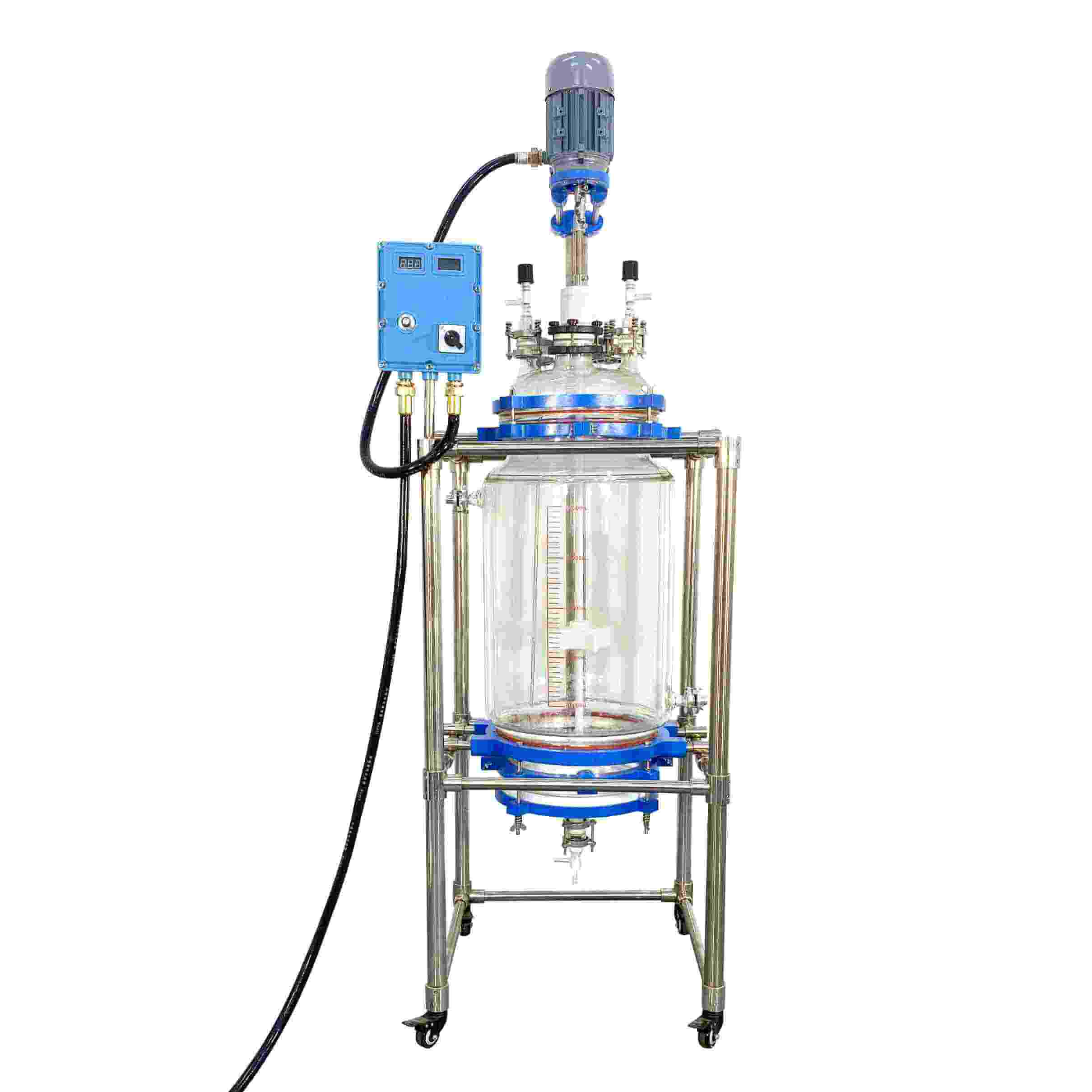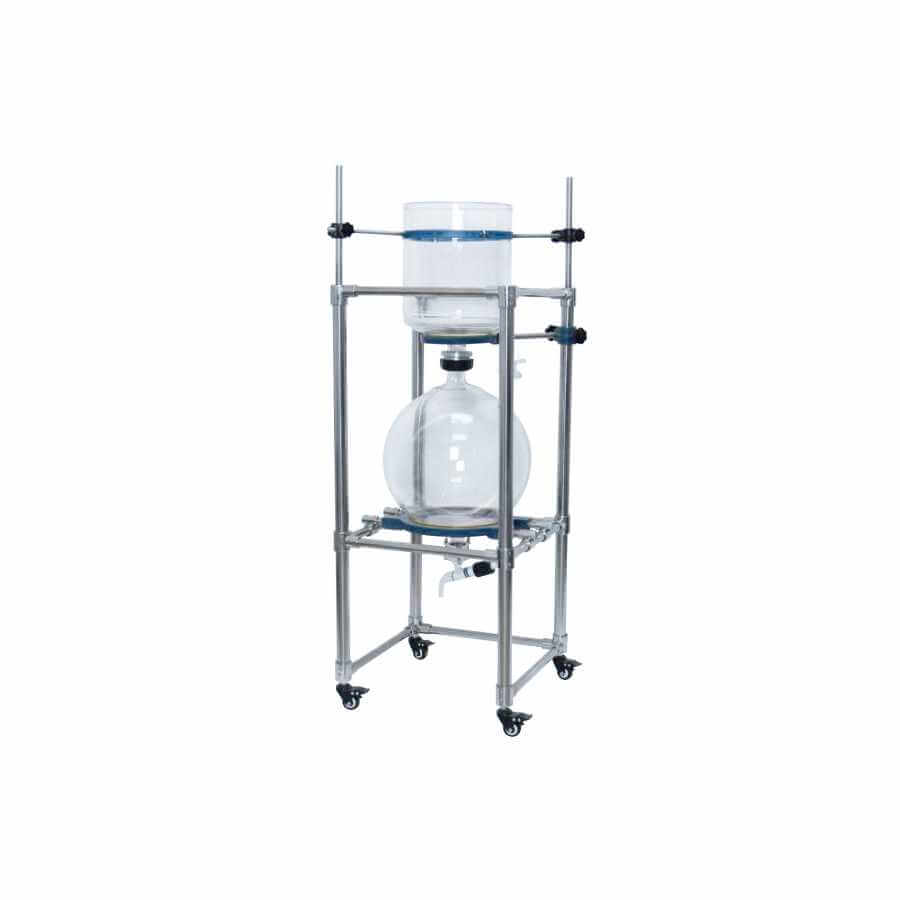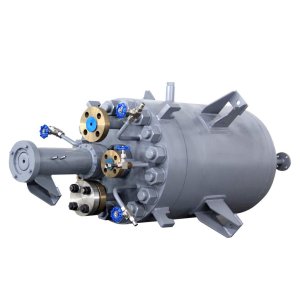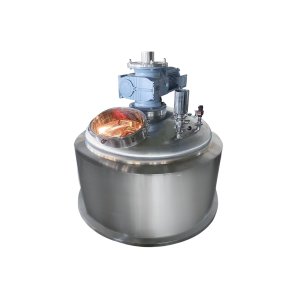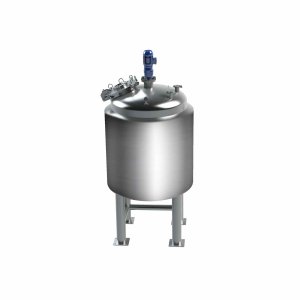The glass reactor is composed of a kettle body, a kettle cover, a jacket, a stirrer, a transmission device, a shaft sealing device, and a support. The stirring forms generally include anchor type, paddle type, turbine type, propulsion type or frame type, etc. When the height-diameter ratio of the stirring device is large, multi-layer stirring blades can be used, and they can also be selected according to the user’s requirements. A jacket is set outside the kettle wall, or a heat exchange surface is set inside the vessel, or heat exchange can be carried out through external circulation.
The glass reactor has the advantages of rapid heating, high-temperature resistance, corrosion resistance, hygiene, no environmental pollution, automatic heating without a boiler, and easy use. Widely used in petroleum, chemical industry, rubber, pesticides, dyes, medicine, food, and other production users and various scientific research and experimental projects. Use containers to complete processes such as hydrolysis, neutralization, crystallization, distillation, evaporation, storage, hydrogenation, alkylation, polymerization, condensation, heating and mixing, and constant temperature reactions.
The characteristics of glass reactor
1. The material used (G3.3 borosilicate glass) has excellent material and chemical properties. During the stirring process of variable frequency speed regulation, the operation will be relatively stable, and no spark will be generated even if the torque is large.
2. After the reaction is completed, the cooling or heating solution in the interlayer of the glass reactor can be completely drained without liquid accumulation
3. The overall stainless steel column mobile frame structure, five reactor covers, with a full set of glass for reflux, liquid addition, temperature measurement, etc.
4. The double PTFE stirring paddle of the glass reactor is suitable for stirring and mixing liquids with low to high viscosity.
5. The components are sealed with PTFE, which can maintain a good vacuum degree (generally around -0.095mpa) in similar products in the market, and maintain high-precision sealing under working conditions. There is also a chip collection groove.
